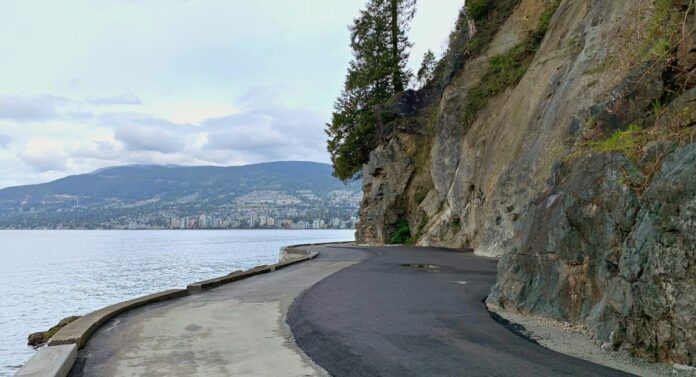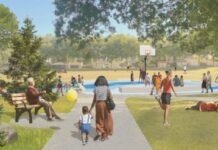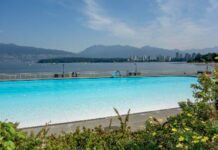THE final section of the Stanley Park seawall, between Third Beach and Lions Gate Bridge, has reopened, the Vancouver Board of Parks and Recreation announced on Wednesday.
The 3.5-kilometre stretch of the seawall, between Second Beach and Lions Gate Bridge, was initially closed to the public on January 7 after it endured extensive damage caused by king tides, extreme winds, large amounts of debris in the water and an exceptional storm surge that day. Since then, Park Board crews have been working tirelessly to get the seawall reopened so residents and visitors can enjoy the iconic pathway in time for the warmer months, the Park Board said.
“This storm was unlike anything we had seen before, but we know how important the seawall is to our community with millions of visitors who use it every year, so repairing it quickly was of the highest priority for us,” said Dave Hutch, Director of Park Planning and Development.
“Safety was also an important consideration as this was not a typical construction site. Access was sometimes difficult, weather-dependent, and required careful timing particularly in the tidal environment with additional king tides.”
To reopen the seawall for spring, the Park Board’s approach has been to repair the damage in-situ and add reinforcing where possible. This included using lock blocks to create retaining walls in areas where the seawall collapsed to prevent further erosion and damage. Stonemasons have been working to rebuild the stone work and crews have been adding new capstones along with reinforced concrete to further strengthen the seawall. Crews have also repaved damaged sections with asphalt to ensure the seawall path is accessible for all users.
As the seawall is always exposed to the elements and extreme weather, the Park Board said that visitors should still exercise caution due to ongoing minor work that will not impact access to the pathway.
With this section of the Stanley Park seawall reopen, staff will continue to focus their attention on the ongoing work to repair Kitsilano Pool, Jericho Pier and other areas damaged by the storm.
“Climate change is making storm events like those in November 2021 and January 2022 more frequent and severe. This extreme weather was another “wake-up call” on climate change and a look into a future of increased sea level and changing coastlines. The Park Board will be initiating conversations with residents about how we should plan for this uncertain future and how our waterfront parks, the seawall and beaches will adapt to our changing climate,” said Hutch. “We will need to ask ourselves what we value about our waterfronts and how we can coexist in a world of increasing sea levels and more extreme weather.”













